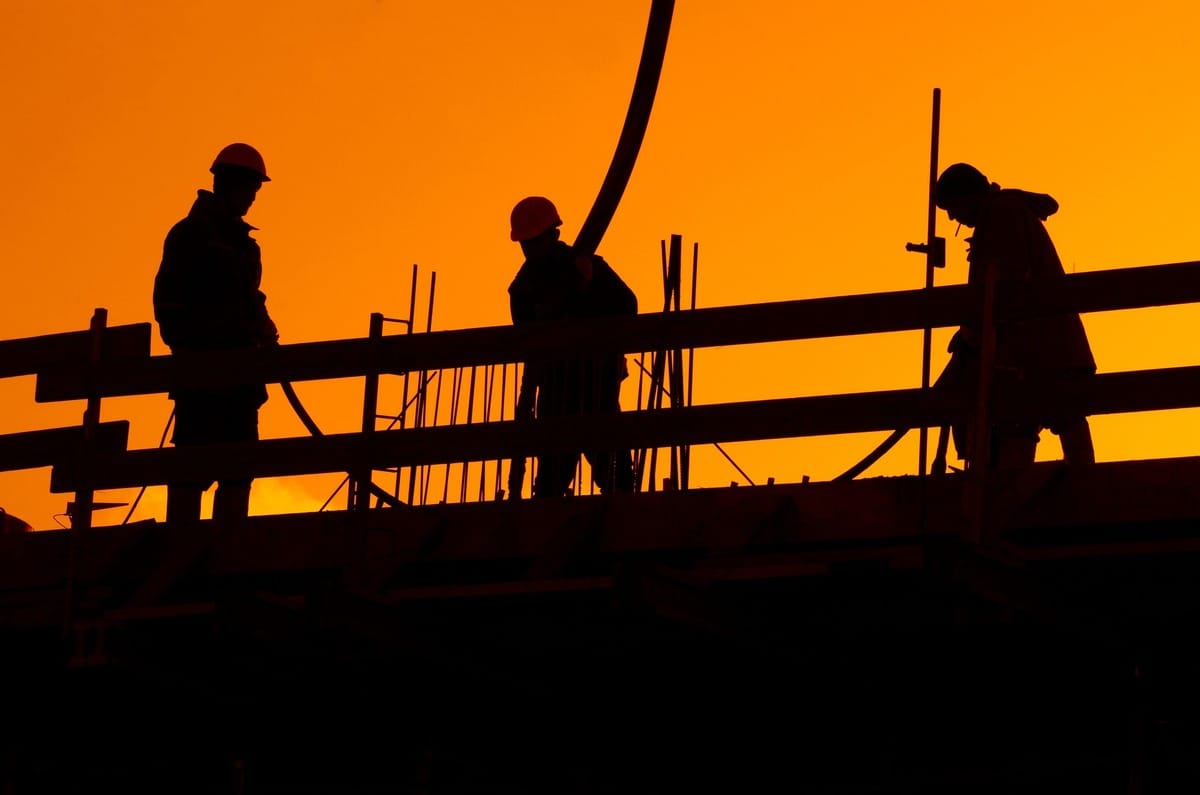- Full Brim Safety
- Posts
- OSHA's Fatal Four: Struck-By Hazards - Caught in the Crossfire
OSHA's Fatal Four: Struck-By Hazards - Caught in the Crossfire
Full Brim Safety: Build Smart, Build Safe

OSHA’s Fatal Four: Struck-By - Caught in the Crossfire
Welcome back, let's Build Smart & Build Safe! Yesterday, we addressed the devastating reality of falls. Today, we turn our attention to the second of the Fatal Four: Struck-By Hazards.
Imagine being in the wrong place at the wrong time, an unseen force or object suddenly impacting you. That's the terrifying reality of a struck-by incident. These accidents often involve immense force and can lead to severe injuries or fatalities.
What are the common struck-by hazards that can put us in the line of fire?
Falling objects: Tools, materials, or debris that are not properly secured at height or fall from a work platform without toe boards, can plummet down with deadly force.
Swinging equipment: The unpredictable movements of cranes, excavators, and other heavy machinery can create a wide danger zone.
Vehicles: Trucks, forklifts, and other site vehicles can cause catastrophic injuries if workers are not aware of their movements or if proper traffic management isn't in place.
Flying debris: Activities like blasting, cutting, or grinding can send fragments of material hurtling through the air.
Countless construction workers have been tragically injured or killed by these "struck-by" events. Think about the suddenness, the lack of control, and the sheer force involved. These incidents often leave little time for reaction.
The call to action to avoid becoming caught in the crossfire is critical:
Proper rigging and securing loads: Ensure all materials lifted at height are properly rigged and secured to prevent them from falling.
Establishing exclusion zones: Clearly mark and enforce no-entry zones around operating heavy equipment.
Maintaining clear communication with equipment operators: Use hand signals or radios to ensure everyone is aware of equipment movements.
Wearing appropriate PPE: Hard hats are essential, and in some cases, face shields or other protective gear may be necessary.
Practicing good housekeeping: Keep work areas clear of debris and tripping hazards to prevent objects from being accidentally dislodged.
Being constantly aware of your surroundings: Pay attention to overhead work, moving equipment, and potential flying debris.
We must cultivate a culture of awareness and vigilance to avoid becoming a statistic. Take the time to assess the risks around you and never assume you are out of the danger zone.
Tomorrow, we'll confront the silent killer on construction sites: Electrocutions. Stay alert and stay safe.
Don't forget to sign your friends up for Full Brim Safety for your daily dose of construction safety tips!
-The Safety Man
